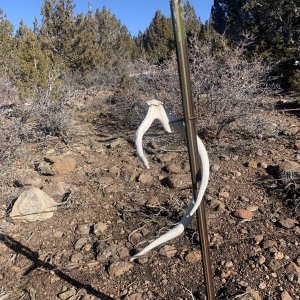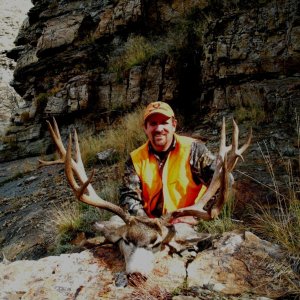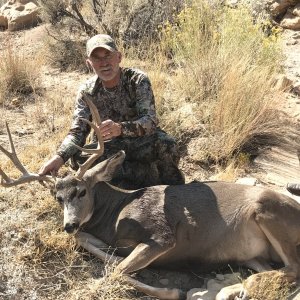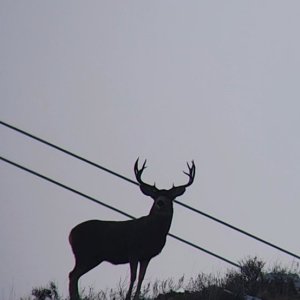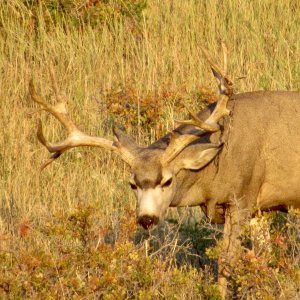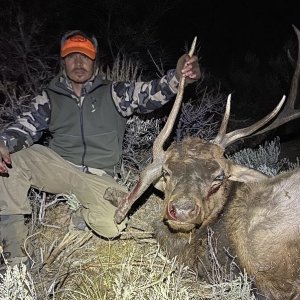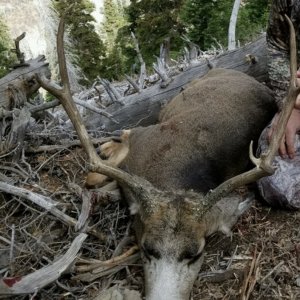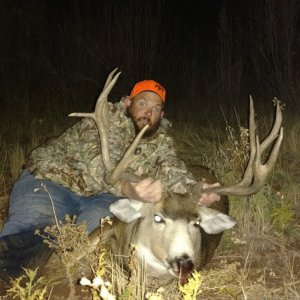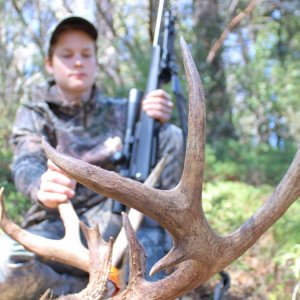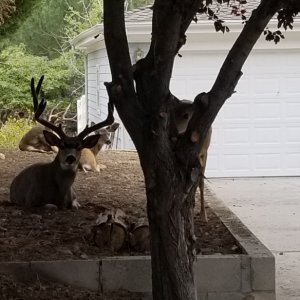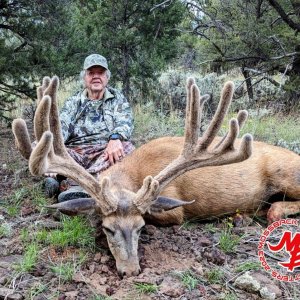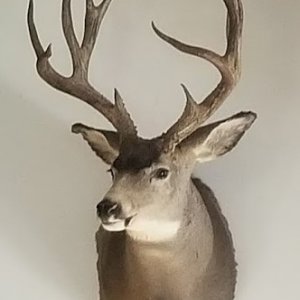ICMDEER
Very Active Member
- Messages
- 2,994
I just went to the Wyoming Game and Fish big game season setting meeting last night and they are going to have a doe season in area 64 (Region J) this fall. It will be the last 3 days of the season and anyone with an over the counter general license can shoot a doe or fawn. No quota or limit, just shoot does. The herd is not above objective, but they have not shot does for 10 years, so they are opening it up.
We have FAR FEWER deer than we have in the past and every person at the meeting was against the doe season. Every landowner present and those speaking for others also opposed the doe season.
What do you guys think and what can we do?
By the way, we also have a 14 day doe season on a general license farther east in area 55 and it is BELOW herd objective. WOW!!
We have FAR FEWER deer than we have in the past and every person at the meeting was against the doe season. Every landowner present and those speaking for others also opposed the doe season.
What do you guys think and what can we do?
By the way, we also have a 14 day doe season on a general license farther east in area 55 and it is BELOW herd objective. WOW!!

